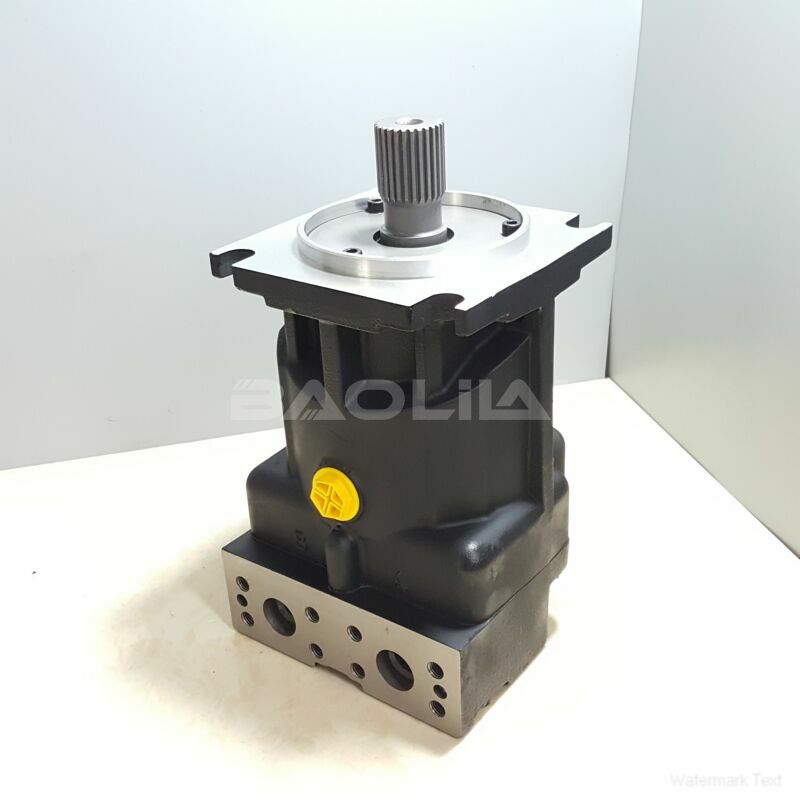90K075NC0N8N0T2W00NNN0000F0 hydraulic motor
90K075NC0N8N0T2W00NNN0000F0 hydraulic motor

- Product Details
- Applicable Scene
90K075NC0N8N0T2W00NNN0000F0 hydraulic motor.Selecting the appropriate hydraulic motor for heavy equipment is a critical decision that can significantly affect performance, efficiency, and maintenance costs. The right motor not only ensures optimal operation but also enhances the overall reliability and lifespan of the equipment. Below are some key factors to consider when selecting a hydraulic motor for heavy equipment.
Model Code :90-K-075-NC-0-N-8-N-0-T2-W-00-NNN-00-00-F0
Model Code :90K075NC0N8N0T2W00NNN0000F0
Torque Requirements
The torque requirements of the application are paramount when choosing a hydraulic motor. Different applications will require different torque levels, depending on the load and operational conditions. It is essential to calculate the required torque to ensure that the hydraulic motor can handle the demands of the task without overheating or failing.

Model No.ldent No. :11126032
Speed Rating
90K075NC0N8N0T2W00NNN0000F0 hydraulic motor.Speed is another crucial factor in the selection process. Hydraulic motors offer varying speed ratings, which can range from low to high RPM. Understanding the desired output speed for your application helps in selecting a motor that operates efficiently within that range. An improperly matched speed rating can lead to inefficiencies and potential damage to the motor.
Displacement and Flow Rate
The displacement of the hydraulic motor, which is the volume of fluid it displaces per revolution, plays a significant role in determining both speed and torque. A higher displacement will typically provide greater torque at lower speeds, while a lower displacement generally provides higher speeds at lower torque. Additionally, aligning the motor’s flow rate with the hydraulic system’s output is vital to achieve optimal performance.





